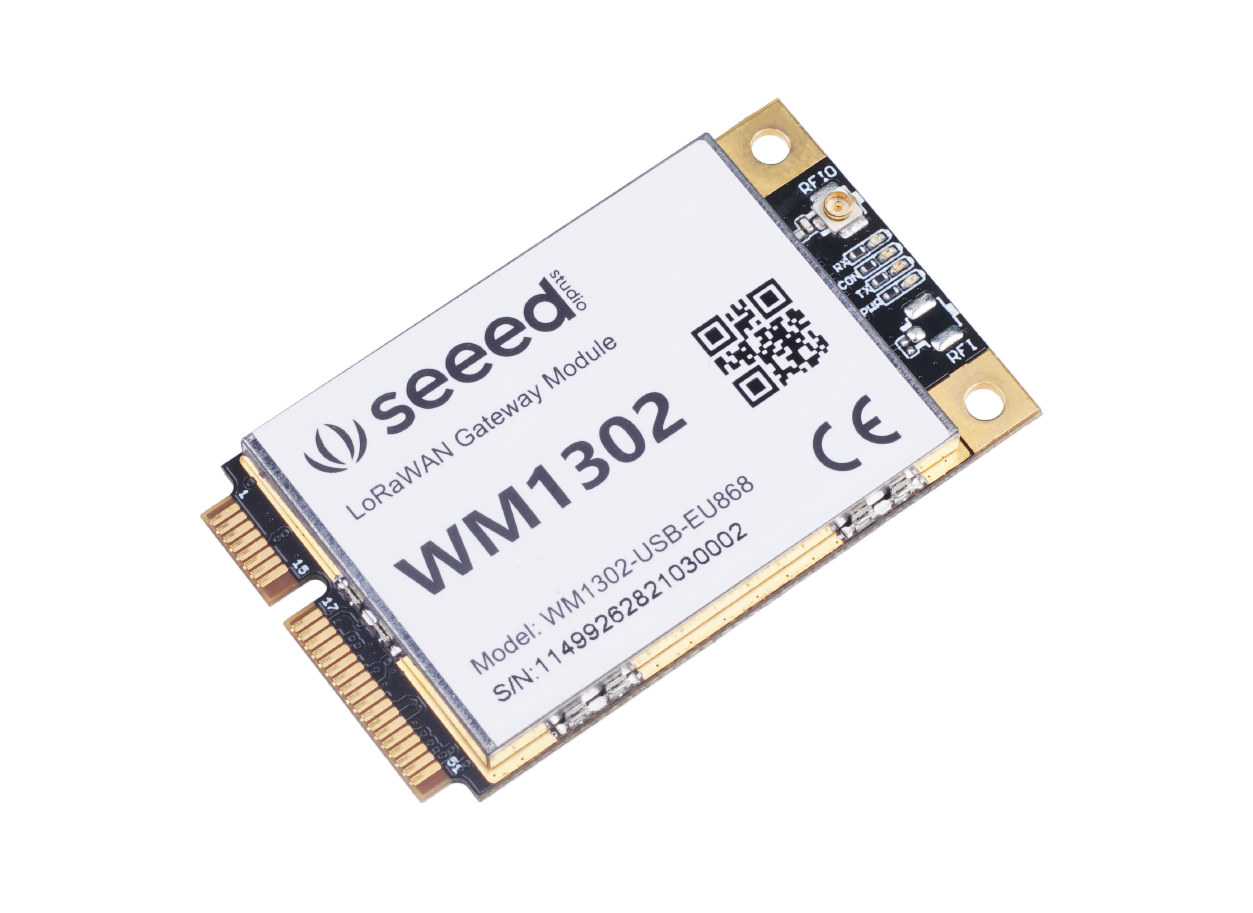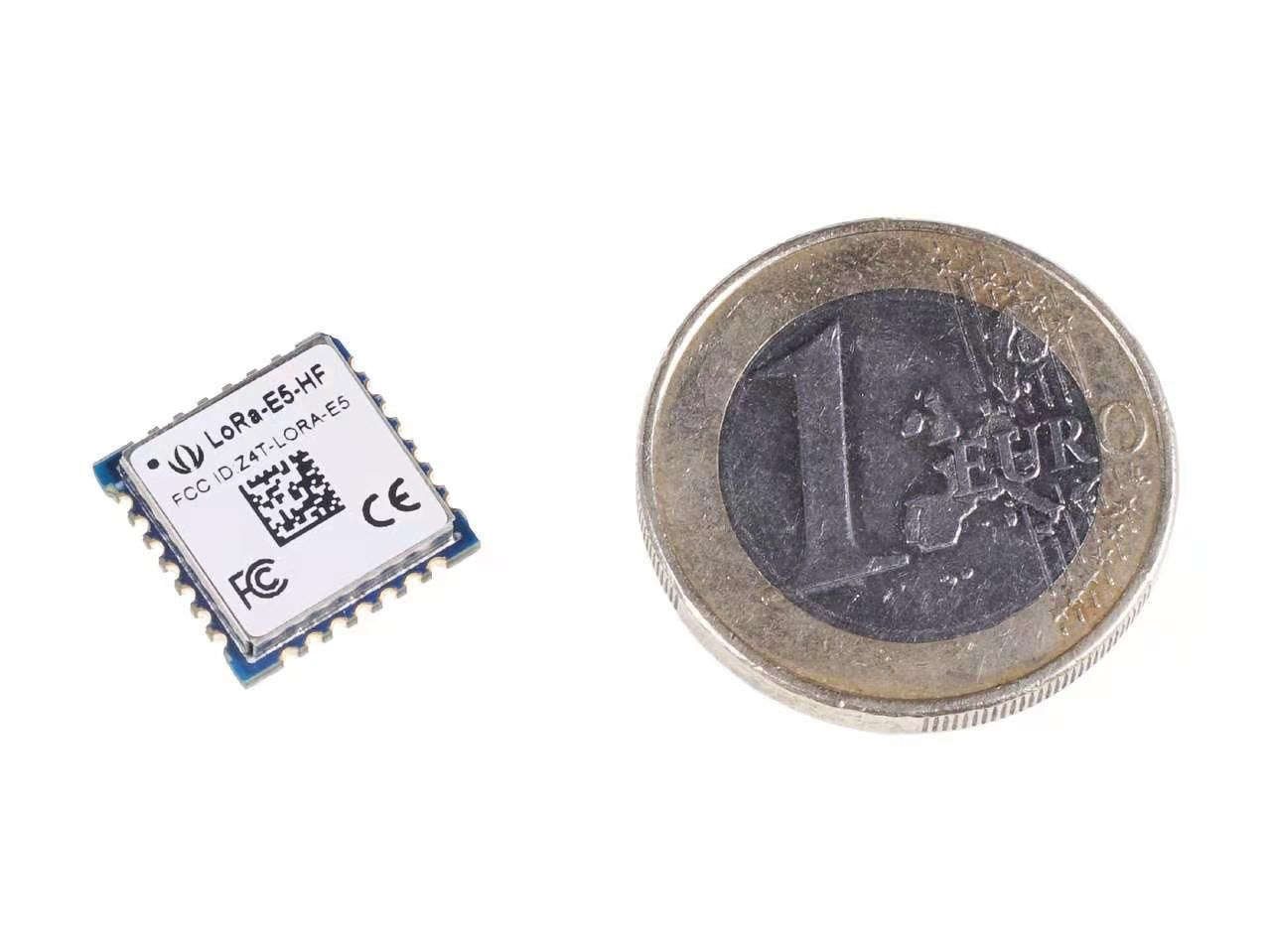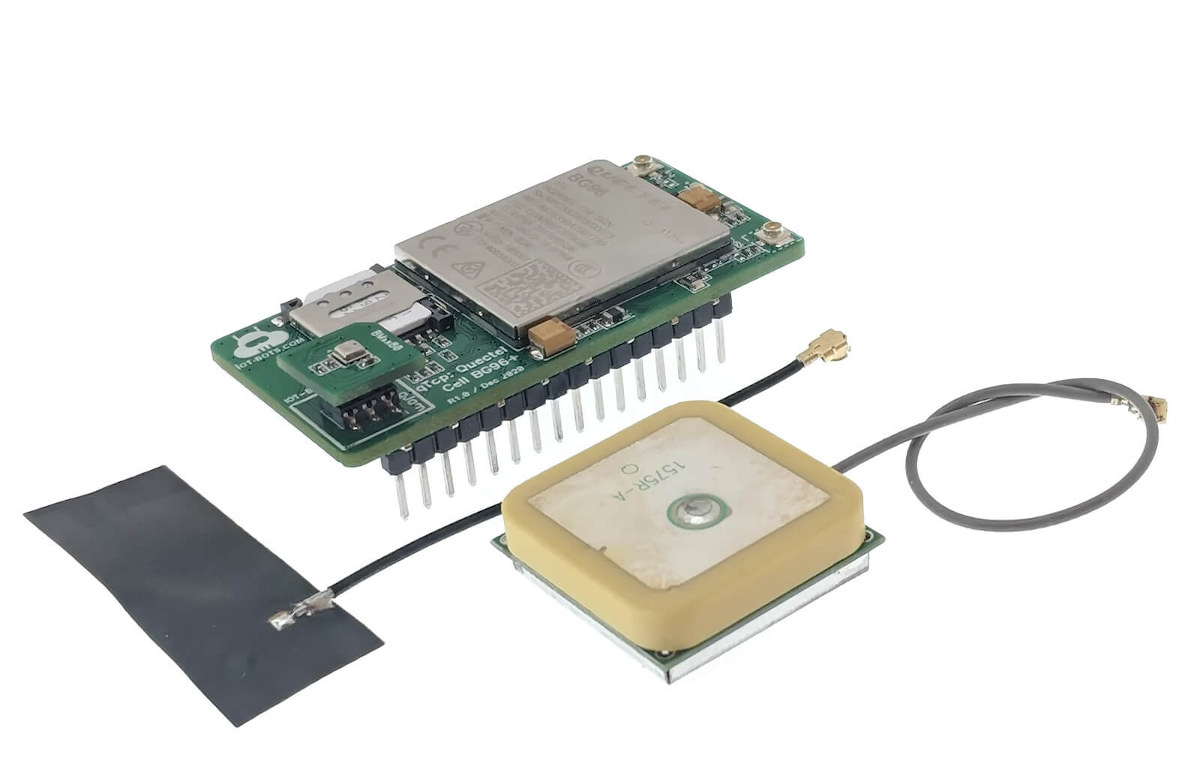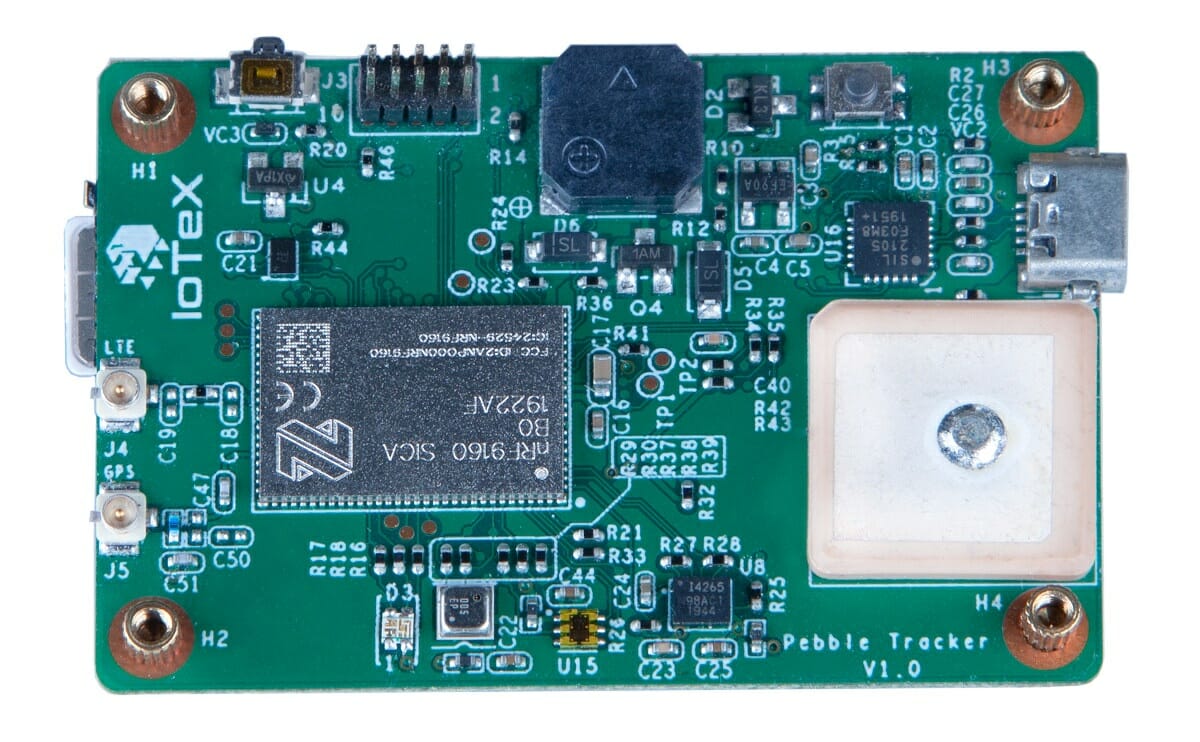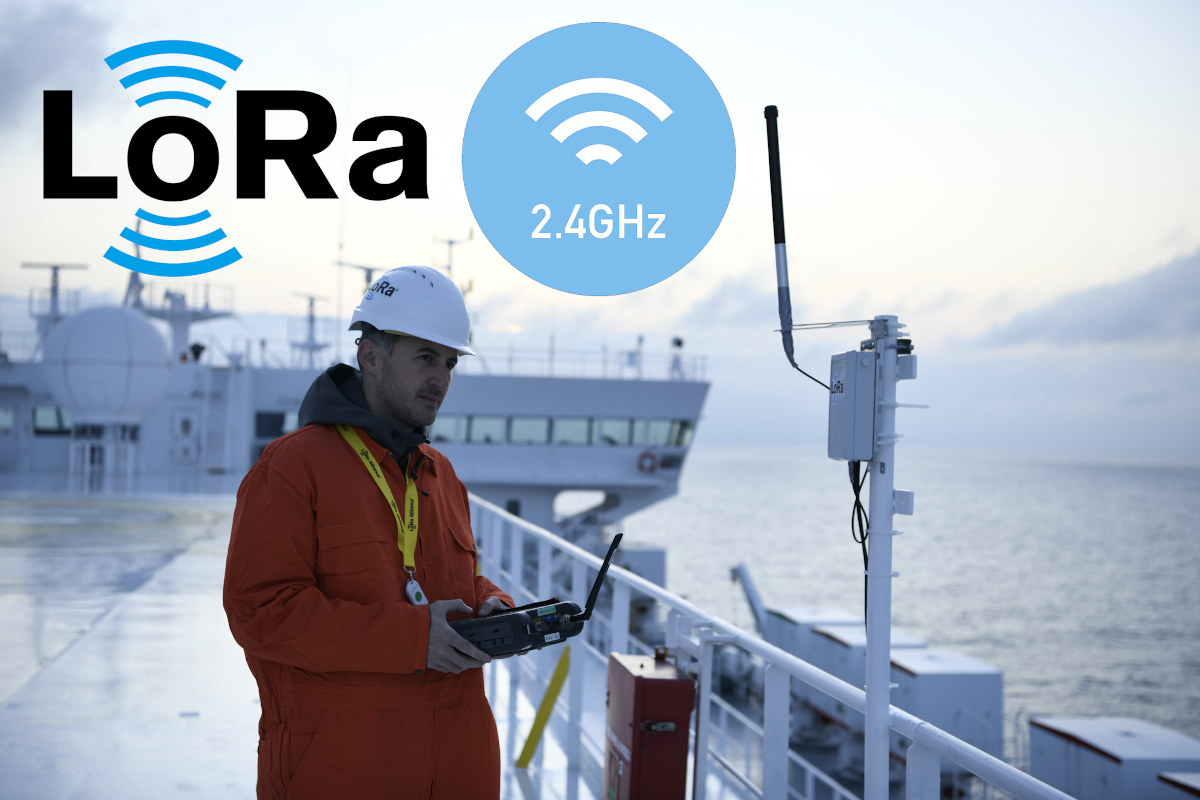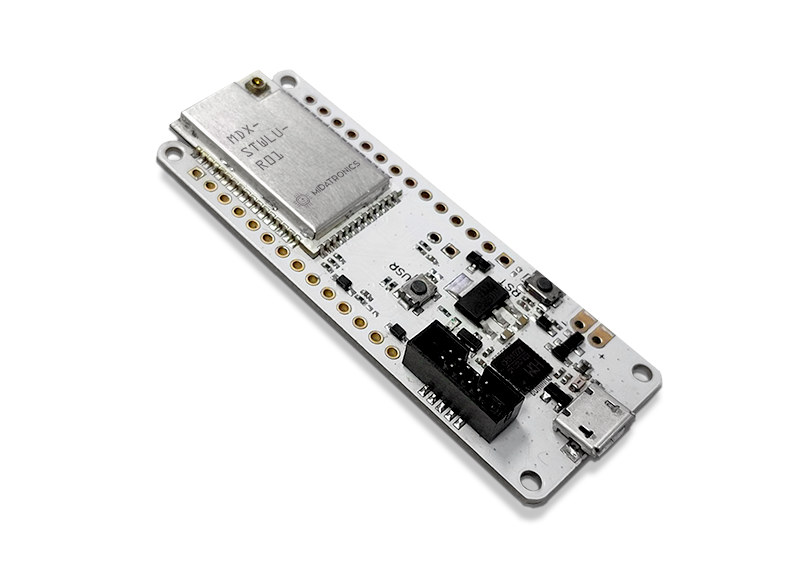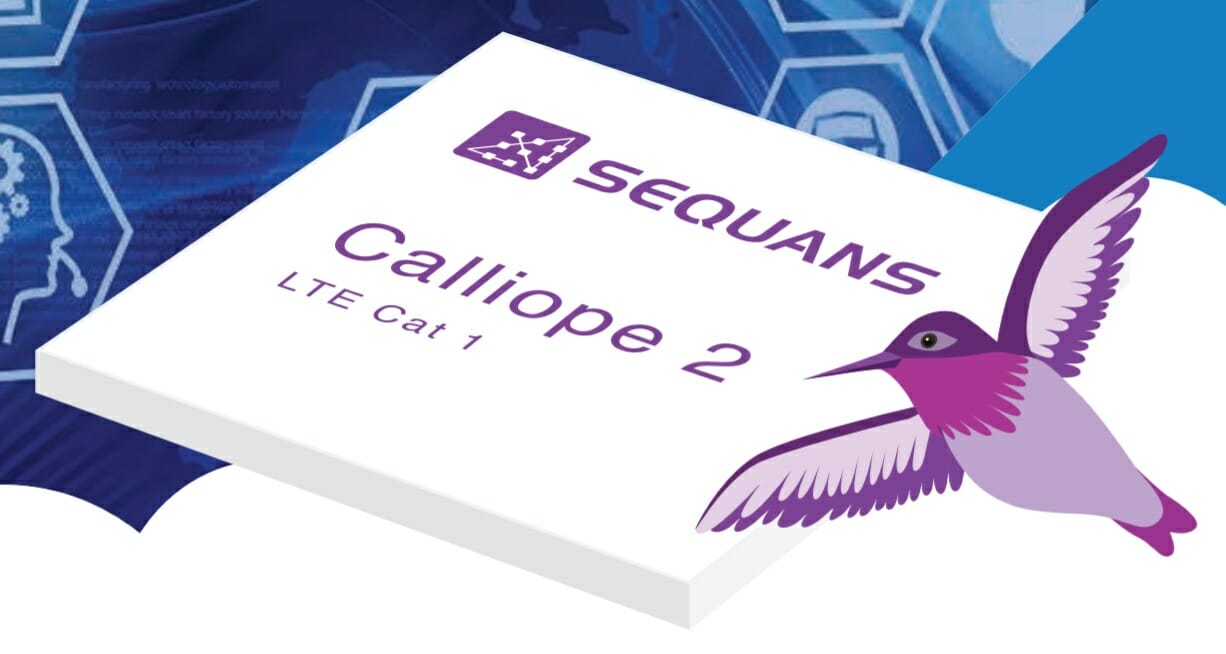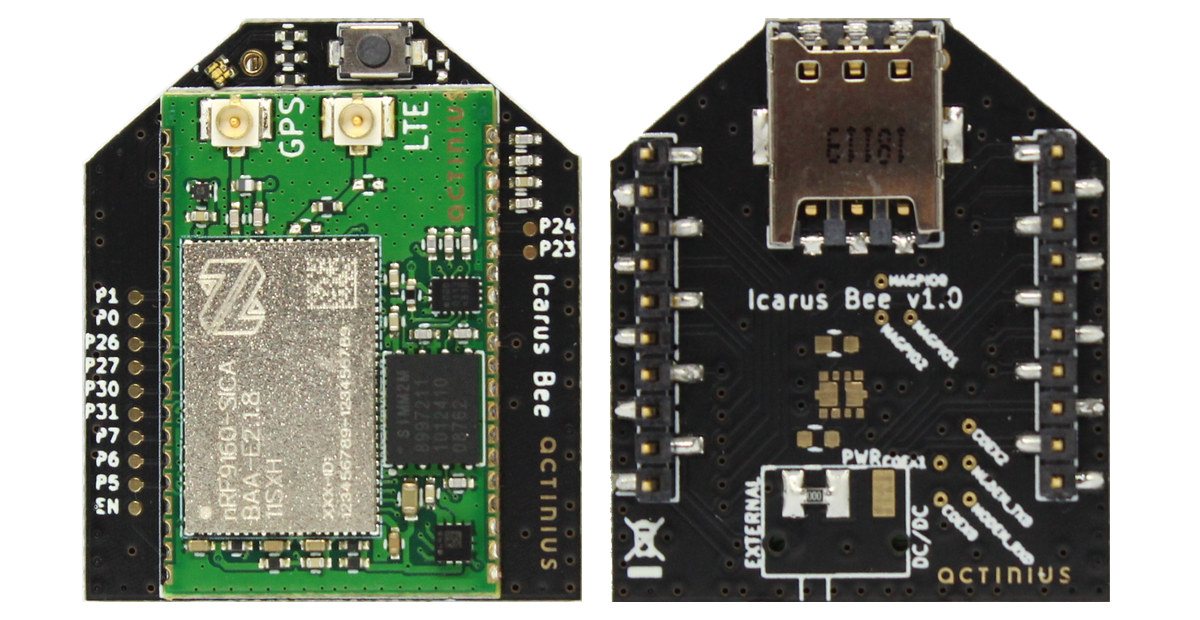Announced in 2019, Semtech SX1302 LoRa transceiver is designed for cheaper, and more efficient LoRaWAN gateways, and we’ve seen it in mini PCIe concentrator cards such as nFuse SX1302 and Rak Wireless RAK2287 using USB or SPI host interfaces. Seeed Studio adds another option with WM1302 LoRaWAN gateway mPCIe module using either SPI or USB interfaces and supporting 868 or 915 MHz frequency bands. WM1302 module specifications: MCU – STMicro STM3L412 Arm Cortex-M4 microcontroller @ 80 MHz with 40KB RAM, 64 or 128KB flash LoRa Connectivity Semtech SX1302 LoRa Transceiver with 2x SX1250 Tx/Rx front-ends Tx power – Up to 26dBm @ 3.3V Rx sensitivity – Down to -139dBm @ SF12, BW 125 kHz; -125dBm @ 125K/SF7 LoRaWAN 1.0.2 compatible. LoRa band coverage – EU868, US915, AS923, AS920, AU915, KR920, and IN865. u.FL antenna connector Misc – Power, Config, and Tx/Rx LEDs Host Interface – SPI or USB interface on […]
$10 LoRa-E5 STM32WL module offers LoRaWAN networking in a 12x12mm package
Over the years, we’ve seen many LoRa modules combining STM32 microcontroller with Semtech SX12xx wireless transceivers, so that’s probably why STMicro decided to create the first LoRa SoC with STM32WL that was launched last year. I’ve just been informed a tiny (12x12mm) LoRa-E5 module based on STM32WL LoRa SoC working with 868 MHz and 915 MHz bands had recently launched on Seeed Studio for $9.90. LoRa-E5 key features and specifications: SoC – STMicro STM32WLE5JC Arm Cortex-M4 MCU @ 48 MHz with 256 KB flash memory, 64 KB SRAM, SX126x LoRa radio LoRa connectivity Tx power – 22dBm @ 868/915MHz -136.5dBm sensitivity for SF12 with 125KHz BW 158dB link budget Embedded LoRaWAN protocol, AT command Frequency ranges – EU868, US915, AU915, AS923, KR920, IN865 I/Os – 3x UART, 1x I2C, 1x 12-bit ADC, 1x SPIO Supply Voltage – 3.3V Power Consumption As low as 2.1uA sleep current in WOR mode Tx […]
Feather compatible shield Integrates BG96 Module with LTE Cat-M1, NB-IoT, and GPS
Last week, I wrote about the Pebble Board, an nRF9160 based LTE-M and NB-IoT GPS tracker board that connects with Thingsboard. I was soon informed about a similar solution based on Quectel BG96 and compatible with the Feather form factor. Meet IoT-Bots.com’s qTop Adafruit Feather Compatible shield. In case you wonder, why they did not call it a FeatherWing, that’s because as it’s slightly larger, and the boards are “Adafruit Feather Compatible (AFC) from the interface connection perspective only.” Key features and specifications: Wireless module – Quectel BG96 Cellular – LTE Cat M1, NB-IoT, and EGPRS module offering maximum data rates of 375 kbps downlink and uplink GNSS – GPS, GLONASS, BeiDou/Compass, Galileo, QZSS Nano SIM card holder and u.FL connector (3) for cellular connectivity u.FL connector (4) for GNSS Expansion Feather expansion connector (11) 6-pin qJam interface connector (12) with I2C for extra sensors Misc – Network status LED, […]
Pebble Tracker nRF9160 GPS & cellular IoT platform connects to IoTeX blockchain (Crowdfunding)
Nordic Semi nRF91-series of Cortex-M33 SoCs with NB-IoT and LTE-M (eMTC) cellular IoT connectivity was first unveiled in 2018. The first member of the family is nRF9160 System-in-Package (SiP) which also comes with GPS, and we’ve found it Nordic’s own Thingy:91 devkit, as well as in various modules and development boards from third parties. There’s now a new kit called Pebble Tracker that features Nordic Semi nRF9160 with NB-IoT, LTE-M, and GPS connectivity, as well as environmental, motion, and light sensors. The cellular IoT prototyping platform works with the IoTeX blockchain to design decentralized IoT solutions with higher security. Pebble Tracker hardware specifications: Wireless module – Nordic Semi nRF9610 SiP MCU Core - Arm Cortex-M33 @ 64 MHz Storage & Memory – 1 MB flash, 256 KB SRAM Connectivity – LTE-M / NB-IoT modem with support for bands from 700 MHz to 2.2 GHz) Security – Arm TrustZone IoT SIM […]
LoRa 2.4GHz is now supported by The Things Network
Semtech brought LoRa to 2.4 GHz through their SX1280 & SX1281 transceivers to enable hardware manufacturers to design region-independent products, rather than region-specific products in the 433, 868, and 915 MHz bands a few years back. Things Industries announced support for LoRa 2.4GHz in The Things Network community network and its open-source stack at The Things Conference 2021 last week. However, switching to 2.4 GHz has a cost since range, one of the key selling points of LoRa, will be reduced compared to sub-GHz frequency, and that makes it most suitable for applications that work in different regions such as maritime and intercontinental logistics applications. Wilhelmsen has partnered with The Things Industries (TTI) and selected Semtech’s LoRa devices as the foundation for its new global 2.4GHz maritime IoT of the Seas platform to deliver an ecosystem of cost-effective, robust and proven IoT solutions and make them available to its diverse […]
Arduino MKR inspired MKR Windy board is equipped with STM32WL LoRa SoC
We recently wrote about MKR SharkyPro BLE, Zigbee, OpenThread development board based on STM32WB55 MCU and following Arduino MKR form factor, but it turns out Midatronics has also launched a similar-looking board with LoRa connectivity. MKR Windy board features the company’s Windy STM32WL module with an uFL connector and following the same Arduino MKR layout. MKR Windy specifications: Wireless Module – Windy module (MDX-STWLU-R01) Wireless MCU – STMicro STM32WLE5JX/STM32WL55JX Arm Cortex-M4 MCU @ 48 MHz with up to 256KB flash, 64KB SRAM Connectivity Semtech SX126x sub-GHz radio with LoRa, (G)FSK, (G)MSK, and BPSK modulation, 150 MHz to 960 MHz frequency range RX Sensitivity: –123 dBm for 2-FSK, -148 dBm for LoRa Antenna – uFL connector for external antenna Supply Voltage – 1.8 V to 3.6 V Dimensions : 16 x 26 mm Temperature Range – 40°C to + 85 °C USB – 1x Micro USB port for power and programming […]
Calliope 2 – An LTE Cat-1 IoT platform with VoLTE support
We have already seen Sequans’ Low Power LTE-M/NB-IoT Module – the Monarch 2. Sequans, popular for its product portfolio based on Monarch LTE-M/NB-IoT and Calliope Cat 1 chip platforms, has continued to release more products with the latest announcement of the Calliope 2 LTE Cat-1 Platform (Chip). This solution is designed for IoT applications that require a higher data rate of more than 100 kilobits per second. One of the key elements of the IoT industry is to choose a network connection that is cost-efficient and provides excellent coverage along with global coverage that enables roaming and voice over LTE (VoLTE) made possible with Cat 1. Why having audio and voice for IoT applications you may ask? That’s mostly useful in machine-to-human and human-to-machine communications such as command, control, and alerts. “Calliope 2 complements our Monarch 2 LTE-M/NB-IoT product family and makes Sequans a one-stop-shop for virtually all IoT applications—ranging […]
Actinius launches nRF9160 SoM and XBee module with NB-IoT, LTE Cat-M, and GPS
Last year, Actinius launched Icarus IoT Board equipped with nRF9160 SiP providing GPS & NB-IoT connectivity in Adafruit Feather form factor. The company is now back with more compact Nordic Semi nRF9160 hardware, namely the tiny 28×18.5mm Icarus SoM with built-in eSIM, as well as Icarus Bee XBee module that incorporates Icarus SoM plus a nano-SIM slot, as well as an RGB LED and a user button. Icarus SoM The module comes with the following specifications: SiP – Nordic Semi nRF9160-SICA system-in-package with Arm Cortex-M33 MCU, 1024 KB flash, 256 KB SRAM, and LTE-M (eMTC), NB-IoT, and GPS connectivity Storage – 64Mbit SPI flash On-board eSIM Antennas – 2x u.FL connectors for LTE and GPS Sensor – Accelerometer I/Os – 2x 20 castellated holes with GPIOS, I2C, SWD, Reset, SIM card signals, and power pins Supply Voltage – 3.3V Dimensions – 28 x 18.5 mm The multi-layer module is designed […]


